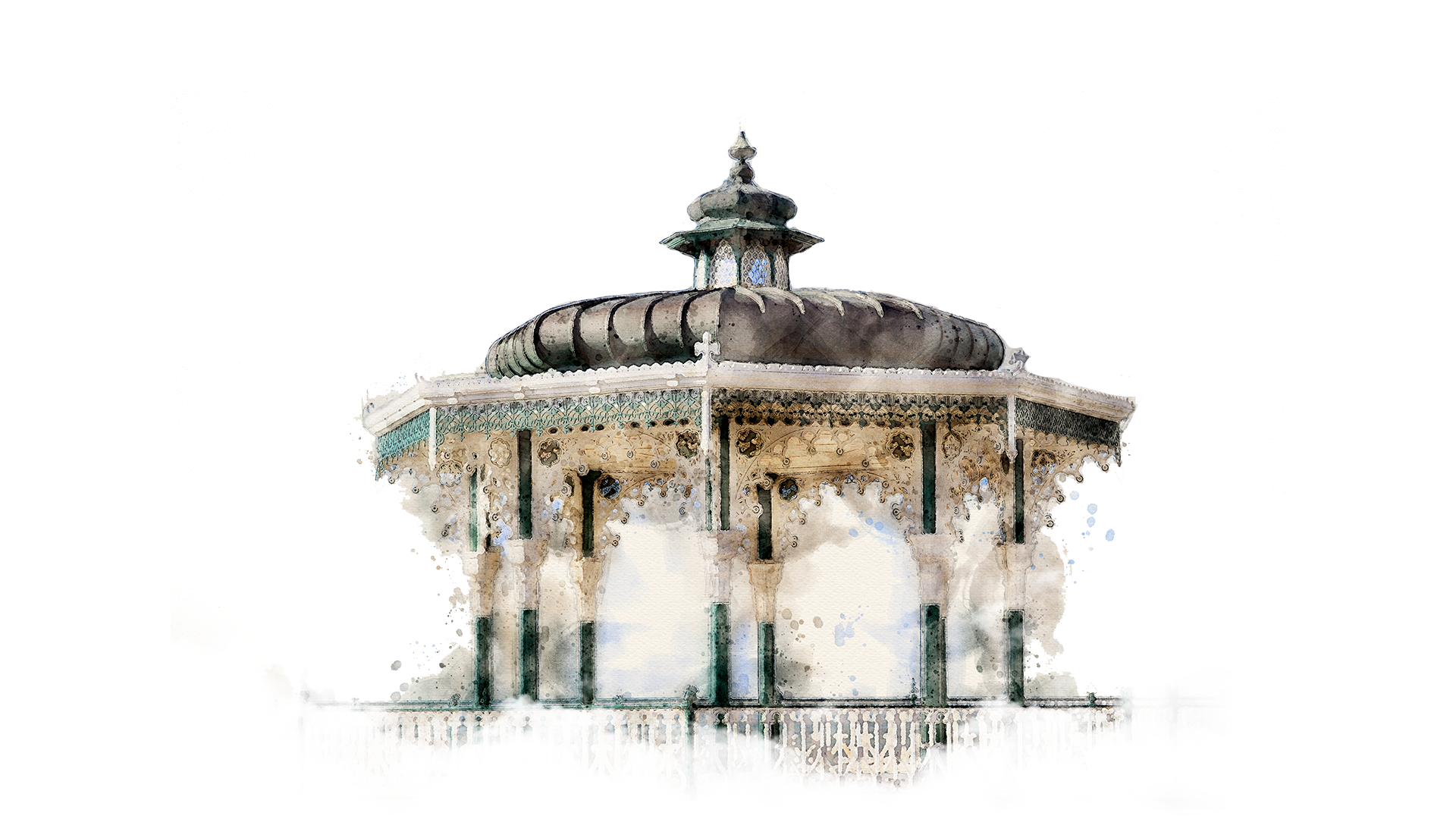

India is known for its ancient forts, monuments, heritage, and culture which attract people across the globe towards it along with exploring and relishing the architectural craftsmanship that the forts, palaces, and monuments display. Most of the forts in India are castles, fortified palaces, or fortresses; but when the British Government in India was classifying the defences in the 17th to 19th century, they were termed ‘forts’ which then gradually became the common description across India. In local languages, the names of the fort are suffixed by the Sanskrit word ‘Durg’, or Hindi word ‘Qila’, while the words ‘Garh’ or ‘Gad’ in Rajasthan, Maharashtra, and Assam are common.“Old places have soul” quotes Sarah Anderson that holds true for any heritage site. A typical site is classified into cultural, natural, and mixed. Cultural sites are those man-made sites which are important archaeological structures, numerous buildings, or town sites, and works of monumental painting or sculpture. On the contrary natural sites are confined to those natural areas that prove to be excellent examples of ongoing biological and ecological evolutionary processes. These contain natural phenomena which are rare, unique, superlative, or of outstanding beauty like sites of exceptional biodiversity or showcasing habitats for endangered and/or rare species. Natural sites bring about Earth’s record of life or its geologic processes. When a site represents elements of both natural and cultural significance, they are simply mixed sites. When a heritage place/building is of outstanding universal value and depicts special importance for everyone along with representing unique, best or the most significant aspect, it is considered as a World Heritage Site. These are inscribed on the World Heritage List by World Heritage Committees like UNESCO and ASI. The ratio of cultural to natural sites on the World Heritage List is roughly 3:1 and several new sites are added to the list in the middle of each year. Further, ‘The Global Heritage Fund’ also shared that cultural tourism is one of the popular forms of travel in recent times and accounted for over 40% of the current travellers as ‘cultural tourists’.
Begetting a World Heritage Site is one of the highest accolades received by a country/state but it comes with huge responsibility and international analysis. While UNESCO commands across the globe, ASI is an Indian agency responsible for Indian heritage sites. The United Nations Educational, Scientific and Cultural Organisation (UNESCO) strives to protect and preserve any heritage site through the Convention Concerning the Protection of the World Cultural and Natural Heritage sites. In 1972 this international treaty was signed. Governing bodies of each country that has formalised the Convention (States Parties) recognise and nominate befitting sites to the World Heritage Committee for recognition on the list procured and maintained by UNESCO. On the other hand, The Archaeological Survey of India (ASI) is an Indian government agency responsible for archaeological findings along with the preservation and conservation of cultural historical monuments in the county. Under the Ministry of Culture, it was established in 1861. ASI was founded by Alexander Cunningham who then became the first Director-General. Among many things, the main function of the Archaeology & Museums Department is to safeguard and preserve the country’s cultural heritage and archaeological wealth through scientific, recognised, and systemised methodology.
Some of the most popular Heritage sites across the globe are:

While it might be fascinating to visit such heritage sites which are of utmost significance and abundance, it is equally important to follow the rules and regulations each site prescribes. Some of the things to follow when we travel to such popular heritage sites are:
Research a little : basic know-how of the site you visit for the first time will give you confidence at the time of your visit. Simple things like checking opening-closing hours, things to carry or not carry inside the site, attire/dressing needed if it’s a religious site, etc. This basic research will help you know what is expected of you and what can you expect out of that location.
Photography : always stay in check when it comes to photography of any heritage site. Learn if it’s legally allowed to take photographs at every spot of the structure or only some places it’s allowed etc. Not just this, one needs to be mindful of the pose along with the caption/tagline added about that site as it could be of religious/emotional value to localities of that place.
Museum Mentality : Ancient art, structures or buildings are delicate and so must be handled with utmost care. The touch of thousands of visitors can disintegrate rock carvings and petroglyphs or fingers’ natural oils or dirt can destroy pictographs or climbing monuments can scour building stones or even dislodge them and so being very mindful of all these is necessary.
Local language and culture : learning about the local culture of the heritage site you visit along with basic words will help you stay better informed and assured. Local words and culture make you familiar with the local food, ancient history, values, and markets along with residents which can take your travel experience to the next level. Do take tour guides from the locals as their knowledge comes from their forefathers and their surrounding history which is in-depth showcasing cultural, religious, and emotional sentiments. While in Rome do as the Romans, still apply every time you choose to travel to a new destination for the great learning and opportunities the locals provide, along with exposing you to local festivities, flea-markets, and celebrations if at all.
Care for the natural environment : heritage sites require proper care and maintenance so always make sure to reduce, reuse and recycle all your waste. Even though you are just visiting and not paying the bills, make sure to dispose of the garbage appropriately and save or minimise the usage of water and energy whenever possible, thereby benefiting the overall destination.
Follow Smoking regulations : most heritage sites and tourist destinations prohibit smoking activities around the location as an initiative to preserve historical sites, since the implementation of the ‘smoke-free project by WHO’, which must be kept in mind. Even though this might make travelling difficult for those who smoke, there is always an option or zone created for smoking, restricted to those only. Instead of smoking, other smokeless alternatives can be tried like nicotine lozenges, tobacco-free products, etc
Torch : Many heritage sites restrict carrying mobile phones inside and so a need for a torch might sound important to some who are really interested to look at structures or carvings with more detail or for visiting any caves or a place that are dark. While heritage sites are well-equipped with efficient lighting and guidance, if you still wish to carry any mini torch required permissions should be sought before carrying any inside as the heat caused by the torch light might damage artefacts.
Stay Light : It is advisable to carry only things that are essential and not overload yourself while visiting a heritage site that causes hassle during the tour. No extra baggage should be taken.
Transportation options : Travelling affects the environment severely, so it is best advisable to minimise pollution and carbon footprints wherever possible. Search for travel options and hotels which help you reach your site in no time and have easy and better access to markets and other nearby locations.
While these are only a few of the important things that one needs to keep in mind, there are ample others when it comes to visiting any cultural or natural heritage site in recent times. Several other things which are morally correct like being respectful of the places which are of religious sentiments, wearing appropriate clothing as per the site or climate, speaking well to localities, etc are also to be observed.

For all enquiries, please fill in the form below. We will get back to you soon.